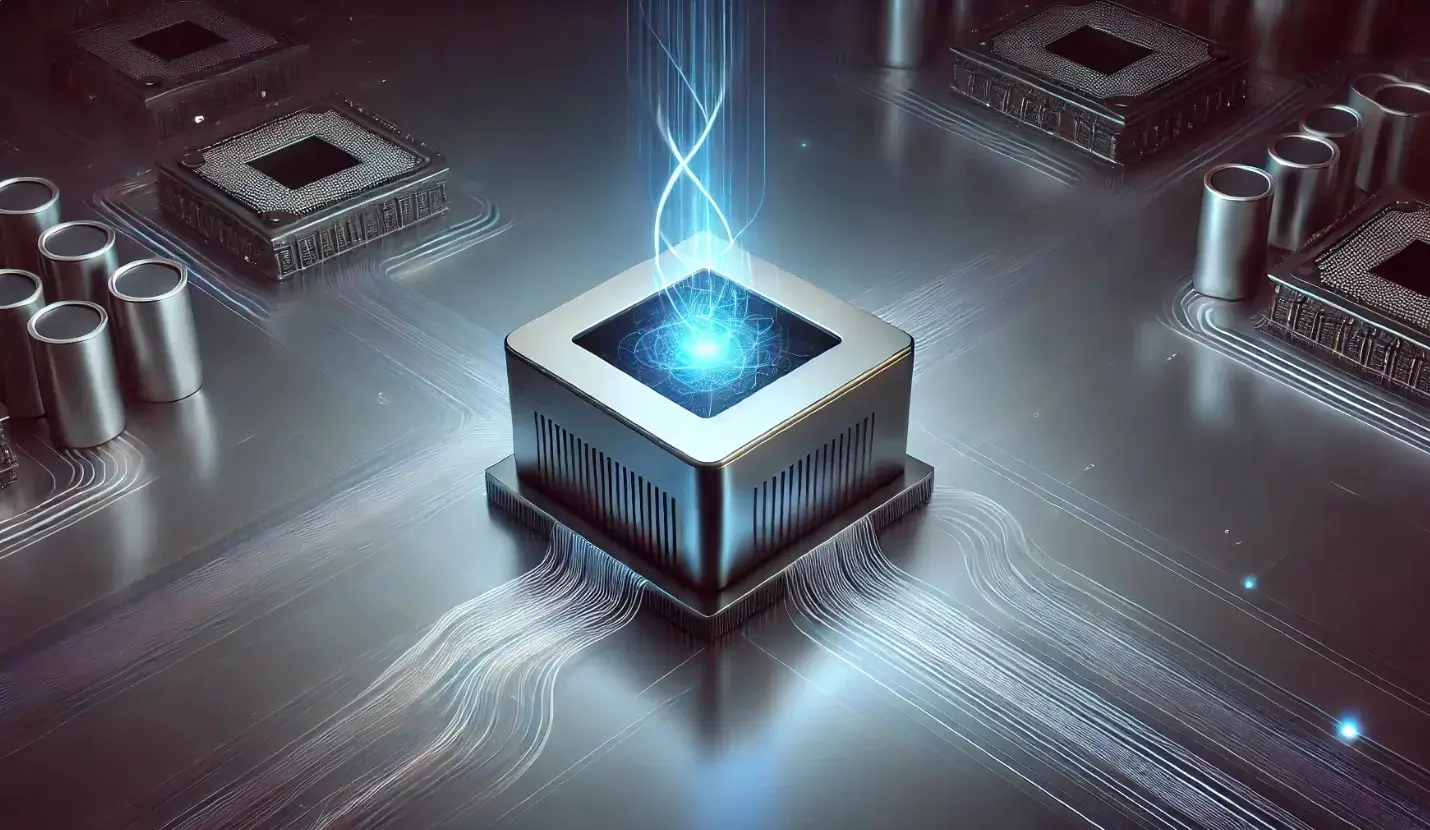In a notable development in the artificial intelligence sector, OpenAI has begun integrating Google's Tensor Processing Units (TPUs) into its infrastructure. This move signifies a strategic shift for OpenAI, which has historically relied heavily on Nvidia's GPUs and Microsoft's Azure data centers. The collaboration highlights the increasing importance of specialized hardware in meeting the growing computational demands of AI models and applications.
OpenAI's decision to adopt Google's TPUs is driven by several factors. One key motivator is cost optimization. As AI models become more complex and require more processing power, the expenses associated with training and inference (using trained models to generate outputs) have skyrocketed. Google's TPUs are believed to offer a more cost-effective solution for certain AI workloads compared to Nvidia's GPUs. Industry benchmarks suggest that Google's Cloud TPU v5e offers better throughput per dollar compared to previous TPU generations. By leveraging Google's TPUs, OpenAI aims to reduce its operational costs and improve the efficiency of its AI operations.
Another crucial factor is the diversification of hardware resources. OpenAI's previous reliance on Nvidia GPUs and Microsoft Azure created a dependency that could potentially limit its flexibility and scalability. By incorporating Google's TPUs into its infrastructure, OpenAI is diversifying its hardware sources and reducing its reliance on a single provider. This strategic move allows OpenAI to mitigate risks associated with supply chain disruptions and gain more control over its computing resources.
Google's TPUs are custom-designed AI accelerators optimized for training and inference of AI models. TPUs are particularly well-suited for large and complex deep learning models that involve many matrix calculations. They have been instrumental in powering Google's own AI applications, such as Gemini, Search, Photos, and Maps. By making TPUs available to external clients through Google Cloud, Google is expanding its reach in the AI hardware market and providing organizations like OpenAI with access to cutting-edge AI technology.
The collaboration between OpenAI and Google also reflects a broader trend in the AI industry, where competitors are increasingly collaborating on infrastructure to address shared challenges. Despite being rivals in the development of AI models, OpenAI and Google recognize the mutual benefits of working together to optimize AI infrastructure and reduce costs. This partnership could pave the way for more collaborations between AI companies, fostering innovation and accelerating the development of AI technology.
While OpenAI's adoption of Google's TPUs is a significant step, it's important to note that Google is reportedly withholding its most advanced TPU hardware from OpenAI. This limitation suggests that Google aims to maintain a competitive edge in the AI race, even as it collaborates with OpenAI on infrastructure. Nevertheless, the partnership is a testament to the growing capabilities of Google's TPUs and their potential to enhance product performance and efficiency across a wide range of AI applications.
The integration of Google's TPUs into OpenAI's operations is expected to have several positive impacts. By leveraging TPUs' optimized architecture and high-performance computing capabilities, OpenAI can potentially accelerate model training, reduce inference times, and improve the overall performance of its AI products. The energy efficiency of TPUs can also lead to lower operational costs and a reduced carbon footprint. Furthermore, the increased scalability offered by TPUs can enable OpenAI to handle growing user demand and expand its AI services more effectively.
In conclusion, OpenAI's adoption of Google's AI chips represents a strategic move to enhance product performance and efficiency through advanced technology. By diversifying its hardware resources, optimizing costs, and leveraging the capabilities of Google's TPUs, OpenAI is positioning itself for continued success in the rapidly evolving AI landscape. This collaboration underscores the growing importance of specialized hardware in AI and the potential for unexpected partnerships to drive innovation in the field.

















